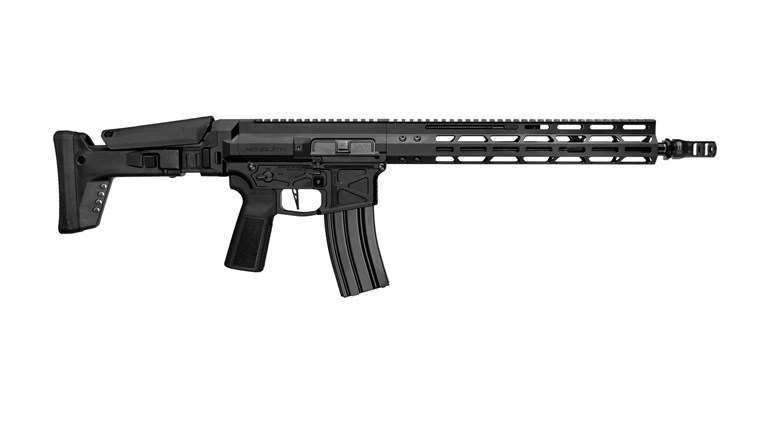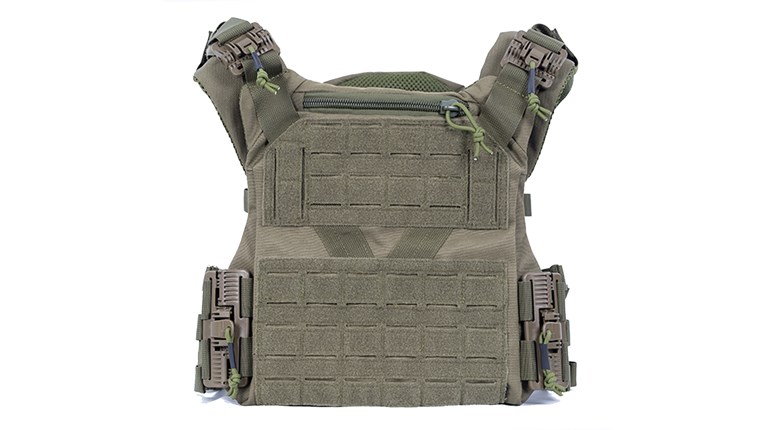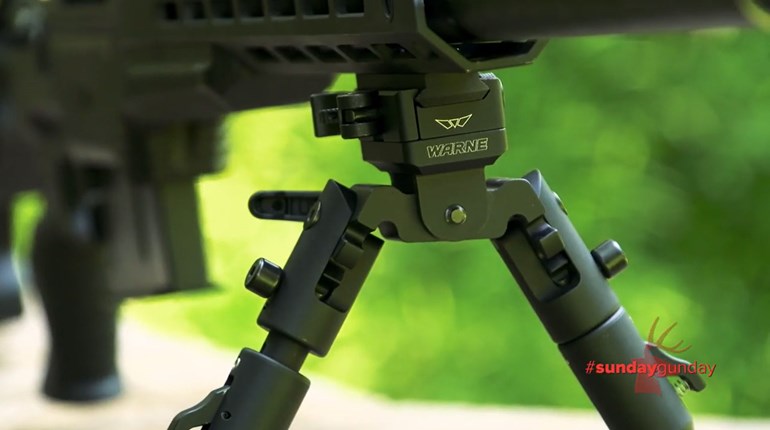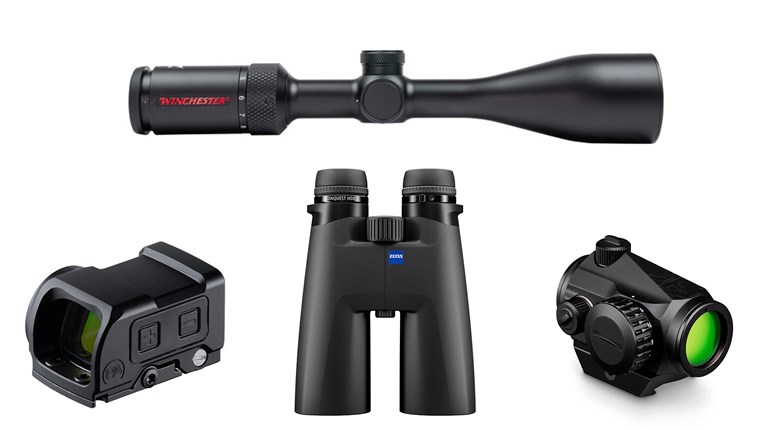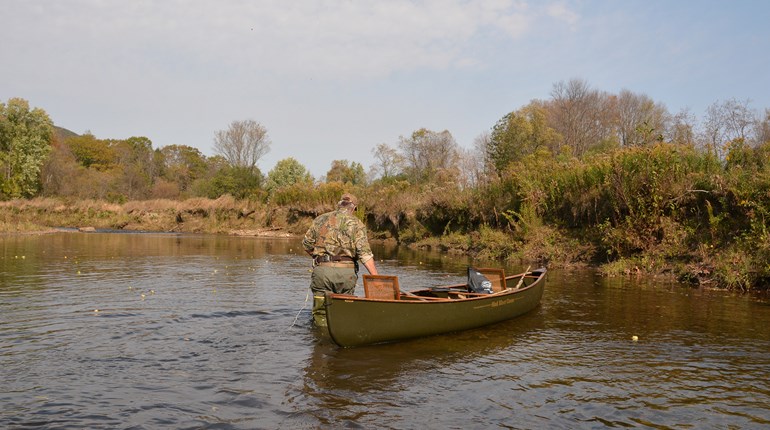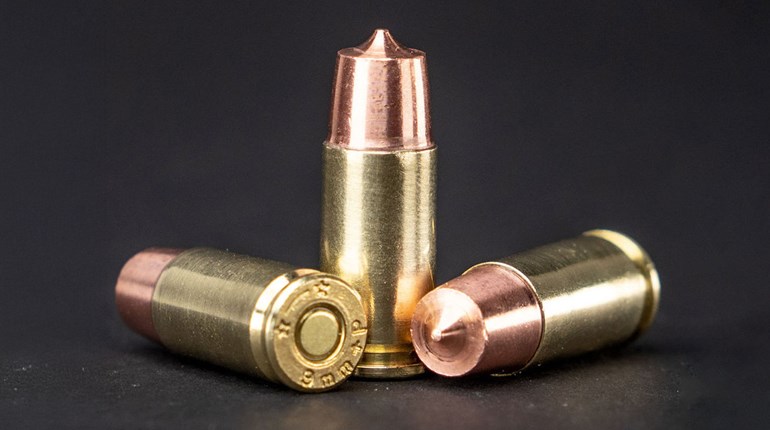
As much as we riflemen pride ourselves in our shooting abilities, we’ve all made mistakes along the road—me especially. From developing a flinch to other innocent mistakes, I hope that identifying some of these errors may save others some time and agony. Hitting a target accurately with a large variety of calibers—be they small or large and whether the target is close or distant—is the result of countless hours of diligent practice and time spent with your firearm. Here’s the top five mistakes that most rifleman make and how you can prevent them in the future.
1. Lack of Trigger Time
I have some acquaintances that shoot their rifle the day before the deer season opener and put it away once the season is over. If they can hit a pie plate at one hundred paces, it’s ‘good enough’; yet they’re the first to start tossing around excuses when a deer is wounded or missed. The reason is obvious: they simply don’t spend enough time with their rifle in hand. I completely understand how busy life can get, and that it’s not always easy to find a place to shoot year-round, but something as simple as purchasing some snap caps (I personally like A-Zoom) and doing some dry-fire practice will certainly improve your technique. Like any other hobby or devotion, firing a rifle accurately requires practice, and more than the day before season to check your zero.
2. Ignoring the Benefits of the .22 Long Rifle
The little rimfire gem is actually the key to good marksmanship. When dealing with the hard-kicking magnum centerfires, it’s easy to develop a flinch. Shooting five or ten rounds of .22 Long Rifle in between groups can really bring the fundamentals of trigger control and follow-through back into line. Few people love safari rifles as much as I do, but that level of recoil can bring out the worst in any of us. Spending some practice time with an accurate .22 lets me reaffirm that I’m doing things right so I can better use my dangerous game rifles. Rimfire rifles will sharpen your eye, and keep you honest—more often than not, you’ll catch your own mistakes.
3. Buying an Ill-Fitting Rifle
The recoil of any centerfire rifle is severely magnified when the stock doesn’t fit the shooter. I’ve had a .270 Winchester—with both an incorrect length-of-pull and a stock design that was atrocious—beat the living daylights out of me, on and off the bench. As a matter of fact, it was among the worst rifles I’ve ever shot. There are .416s and .458s I’d rather spend an afternoon with than do load development on that .270 again. When a rifle doesn’t fit well, it robs you of your shooting skills. For a good test of proper length of pull, hold the unloaded rifle by the pistol grip with your finger on the trigger, pointed straight in the air, with your elbow bent. The butt end of the rifle should sit comfortably in the crook of your elbow. If it doesn’t touch, it’s too short. If it doesn’t fit, it’s too long. The same can be said for the drop at the comb. If you have to scrunch down to see the sights, it’s going to slap hell out of your cheek. On the flip side, if your scope is mounted too high and your lower jaw is sitting on the comb, it’s also going to hurt. Bottom line: Find a good-fitting rifle. If you have one you love that doesn’t quite fit right, have it restocked so it does. You’ll be much happier for it.
4. Too Much Magnification
I’ve been guilty of this in the past: thinking that if a 9x scope is good, a 12x or 14x is better, and I’ve ended up with the Hubble telescope on the barrel of my deer rifle. Sometimes the lower magnification scopes—of better quality—are a more worthy investment than anything else. Yes, it’s true that you need to be able to see something in order to hit it, but you’d be surprised how well you can see with a low-power scope of premium quality. I also understand how a tight hunting budget can affect your purchasing power. There are affordable options for lower budgets. While I love the high-end Swarovski, Leica and Schmidt & Bender glass, the new Bushnell Elite series gives incredible value for a budget-conscious hunter at a sensible magnification range. Match the glass to your hunting scenario, so you can quickly pick up that whitetail close-up in the brush, yet still hit one across a hay lot. With a proper reticle, you can make shots out to sane hunting distances with 5X, 6X and 7X at the top end.
5. Buying Too Much Gun
Robert Ruark coined the phrase “use enough gun,” and it still holds water today. However, there’s a huge difference between enough gun and too much gun. Hang around gun shops long enough, and you’ll meet the customer who insists that his .270 Winchester was at fault for not killing the deer, so he’s shopping for a .300 Weatherby. Not that the Weatherby won’t kill a deer, but the gent is trying to buy his shooting skills—it simply can’t be done. It can be humbling to admit that one caliber or another can be too much to handle properly, but I feel you owe it to your game animal to place the shot correctly. I routinely handle some of the big sticks, but cartridges with the recoil level of the .378 Weatherby are too much for me. Find a suitable cartridge, pushing a bullet of sensible weight, and use your shooting skills to make things happen.












